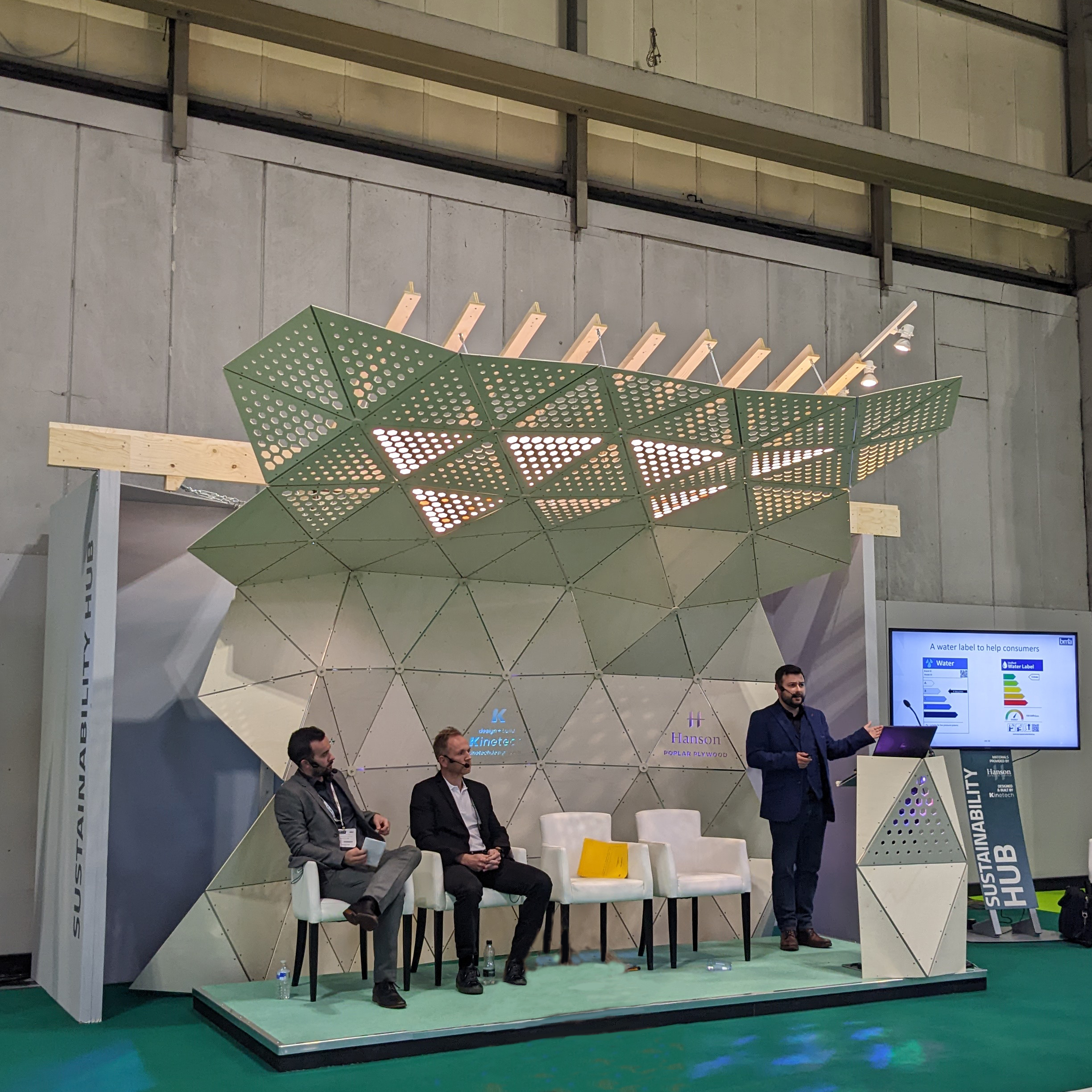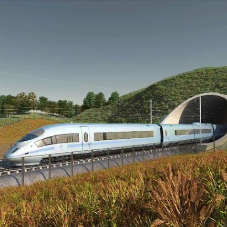Imagine living in a city with which you can interact; a city that acts more like a living organism, a city that can respond to you and your needs. Imagine a city where everything, from the electricity grid, to the sewer pipes to roads, buildings and cars were connected to a centralised network. Where buildings would turn off the lights for you, self-driving cars would find you that elusive parking space and even the rubbish bins would be smart.
Sound a little farfetched and sci-fi? Perhaps right now, but smart cities already exist in Europe, and they are fast developing. In the last instalment of our Smart Building Series, we take a look into smart cities and the possibilities these can offer us.
What is a smart city?
In short, it is a city equipped with intelligent infrastructure to provide an improved quality of life and a clean and sustainable environment through application of some smart solutions. A smart city uses digital technologies or information and communication technologies (ICT) to not only enhance quality and performance of urban services, but to also reduce costs and waste, and to engage more effectively and actively with its habitants. These applications are developed with the goal of improving the management of urban flows and allowing for real time responses to challenges. But it’s not just fancy gadgets that make a city smart; public transportation is also transformed from congested lanes into a smoother flow consisting of buses, trains, pedestrians and most importantly cycling paths.
Do smart cities already exist?
Europe has already embraced the concept of smart cities. For example in recent years, Amsterdam has stepped up its pace to be a leading smart city. Amsterdam Smart City is a public private partnership focused on using the city as an urban laboratory for the use of open data, new mobility solutions and ultimately improved quality of life for all residents and visitors. The collaboration has already supported more than 40 smart city projects ranging from smart parking to the development of home energy storage for integration with a smart grid. Also Copenhagen has established a reputation as the leading green city across the globe leading the Siemens Green City Index for Europe and by also being selected as the European Green Capital for 2014. A few years back, Copenhagen collaborated with MIT to develop a smart bike equipped with sensors to deliver to provide real-time info to not only the rider but also to administrators for open data aggregation on issues of air contamination and traffic congestion. Smart cities are a reality and they are developing fast.
Benefits of a smart city
The obvious benefits of smart cities are a smaller carbon footprint and intelligent services for their residents. But the smart city concept goes beyond the use of ICT for better resource use and less emissions. It means smarter urban transport networks, upgraded water supply and waste disposal facilities, and more efficient ways to light and heat buildings. And it also encompasses a more interactive and responsive city administration, safer public spaces and meeting the needs of an ageing population.
Challenges for smart cities
One of the challenges in any smart city project is for all the stakeholders involved to evolve towards the same goal. This means they have to change and adapt many of the ways they work today and to execute sustainable activities in a more integrated way. With more partners involved and more projects connected, it can be complicated to get a grip on the complexity of synergy between various sectors. It can also be argued that technology is not the problem on the road to smarter cities. Still, there are some technical challenges, like linking data across domains and security: one of the concerns about smart buildings and smart cities is that the sensors in the equipment can be hacked and fed fake data. And last but not least, human behaviour is far more difficult to understand and to change than technology. It is important to understand the social context first. Everybody must change tack; governments, the business sector and citizens, and this may be the biggest challenge of all.
Join the conversation on smart buildings on our Twitter feed by using the hashtag #smartbuildingseries.














